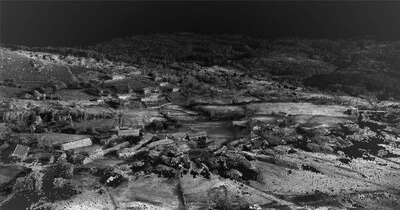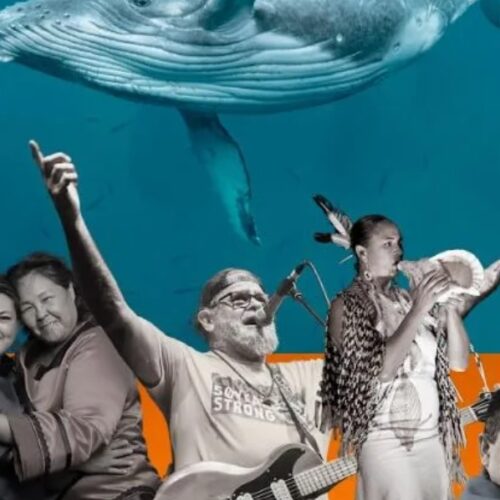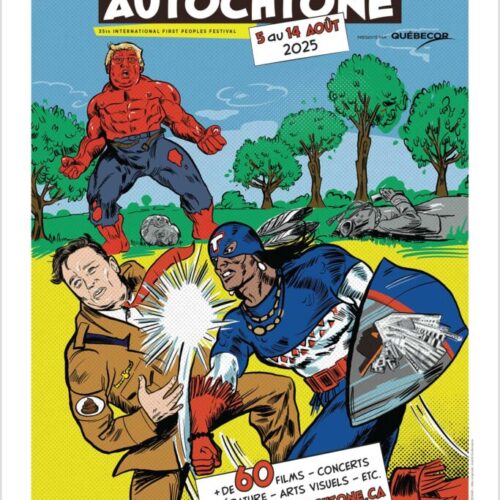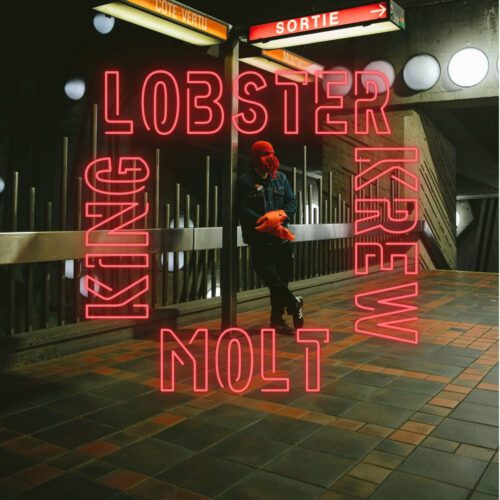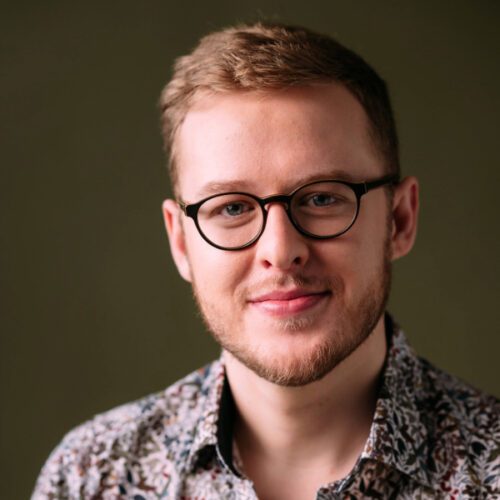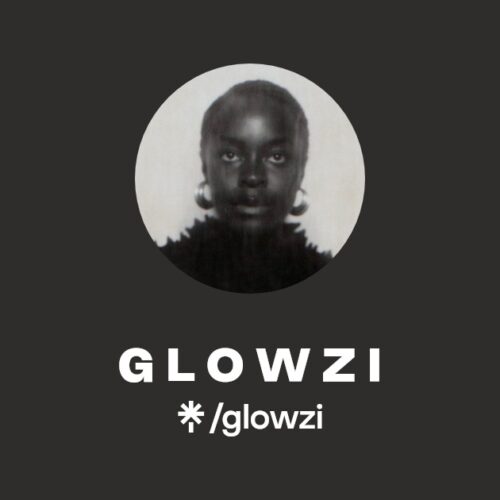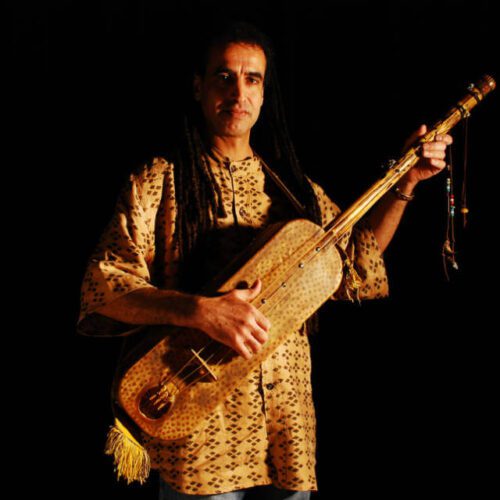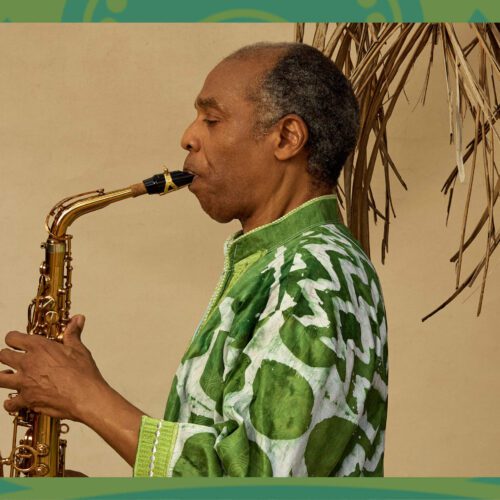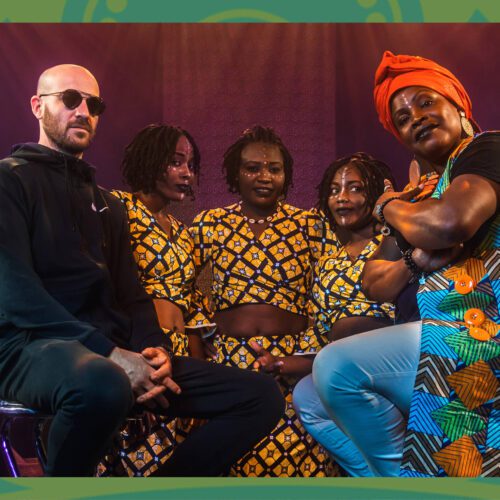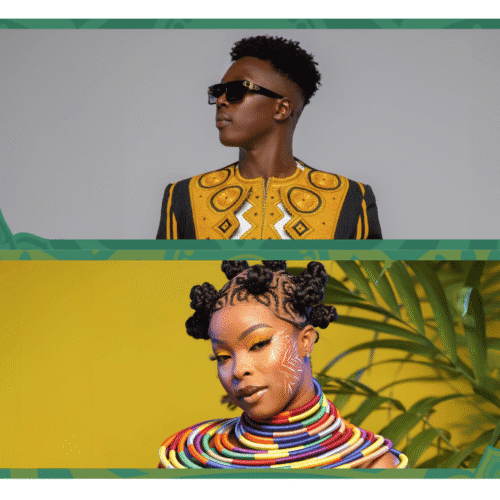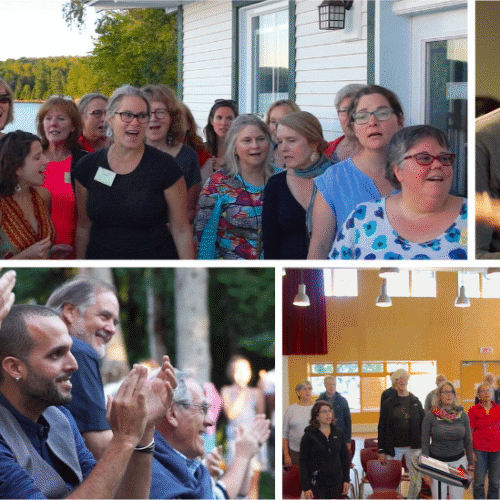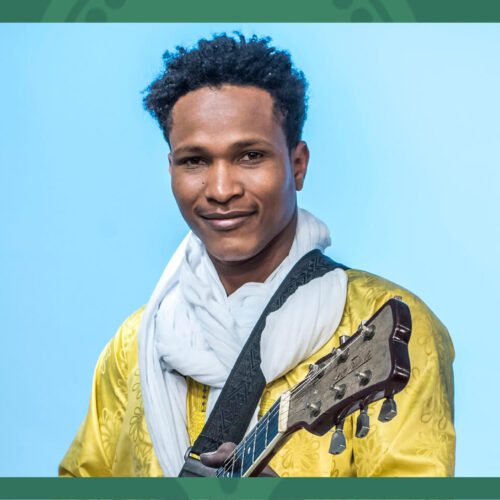Additional Information
Through “Spillover’, American audiovisual artist Pierce Warnecke—based in France— and multidisciplinary artist Matthew Biederman – born in Chicago and based in Montreal – explore the divide between nature and culture through sound and image. Pierce and Matthew have been working together for many years, drawing on their respective backgrounds to bring together their vision of the art world. Pierce has regularly presented his work at Mutek, Elektra, CTM or ZKM, while Matthew has participated in the Lyon Contemporary Art Biennial, Istanbul Design Biennial, Montreal Digital Art Biennial, Artissima in Italy, SCAPE in New Zealand, and Moscow. In order for us to enjoy this sensory work that will be presented this Saturday, Pierce and Matthew contextualize their work.
PAN M 360: Given your background, your performances, and your installations, I would like to know more about Spillover. How did you come up with it?
PIERCE WARNECKE: It is an in situ creation that follows a residency at the Index Biennial last May in Portugal. The curator, Louis Fernandez, wanted to highlight the media art biennial whose theme was The Surface. We have been working with Matthew for about 9 years on several projects. We took advantage of this theme to explore the different forms of boundaries that exist between the human and natural environment. By a combination of circumstances, we realized that our project was totally linked to the environmental issues in the north of Portugal, in the Montalegre region. The issue is linked to various open-pit lithium mining projects that would degrade the landscape, destroy the ecosystem and endanger the socio-professional balance of the inhabitants.
PAN M 360: Did you conceive this creation with a militant environmentalist commitment in mind? Or did it come out of a creative phase?
PIERCE WARNECKE: Yes, we felt touched by the environmental and social context of the situation. We had the chance to talk to the people in the affected places and their distress touched us.
PAN M 360: Your works are often presented at large-scale, internationally renowned events such as Mutek, Elektra, CTM, Artissima (Italy), the SCAPE Biennial in New Zealand, or the Moscow Biennial. Could you give us some details about your creation and production process, as well as the tools you use to achieve such results?
PIERCE WARNECKE: We have a number of software programs that we use regularly. I use Max MSP a lot and Matthew uses TouchDesigner. We’re always looking for a simultaneous interaction between sound and visuals where we can really play live with the construction of the landscape. Matthew uses maps that represent the region of Montalegre in 3D. We play with the landscape as if it were an instrument in its own right. I’m turning that terrain into sound in real-time.
PAN M 360: What are your work habits when creating? Do you create together in real-time or is there a particular pattern of working and thinking?
MATTHEW BIEDERMAN: In my opinion, sound and visual creation are done simultaneously. However, sometimes the visuals are inspired by the sound and vice versa. We exchange a lot of files to inspire each other, before we end up with a complete sound and visual work. The visual composition is just as important as the sound composition. It’s real cooperation. Our artistic complicity has been forged over the years.
PAN M 360: There is still a huge amount of work to be done in terms of educating the public to see visual art as an art form in its own right, especially when combined with sound. Matthew, how do you think that can be remedied?
MATTHEW BIEDERMAN: I think it depends mostly on the context in which visual creations are exhibited. With our work, Spillover, we are in a three-dimensional setting: the map, the visual and the sound. That’s what makes the audience feel.
PAN M 360: Since you are dealing with a subject concerning the risks of environmental destruction with the aim of developing green energies, don’t you think that your work has a dramatic appeal?
PIERCE WARNECKE: Yes, there is a dramatic side, that’s for sure. At the same time, we couldn’t afford to be too moralistic, because in order to create, we use technological objects containing lithium. We live in a totally paradoxical society, we try to adapt while having the least negative impact on the environment. Our desire was not to be too moralistic but to question our lifestyle and our choices.
MATTHEW BIEDERMAN: My activism goes through my works to sensitize individuals, hoping to make society more alert on these issues. I want to raise awareness, rather than be judgmental. As a Canadian, I also feel close to what is happening here in my country, where Aboriginal people are often the victims of our energy development projects.
PAN M 360: Do you have other projects in the works? Together or solo?
PIERCE WARNECKE: We would like to continue to develop the Spillover project and adapt it to different contexts and locations around the world.
MATTHEW BIEDERMAN: It would be great to delve deeper into the intricacies of map work.
Artists’ websites :
https://piercewarnecke.com/
https://www.mbiederman.com/
